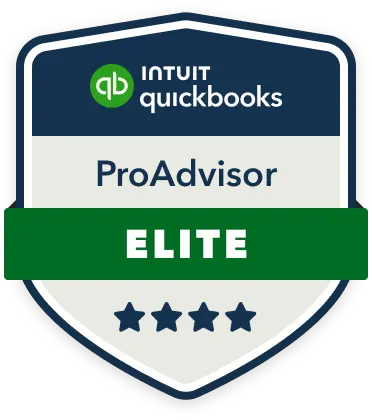Customer Profitability
Logic would tell you that attracting a large number of customers and providing the highest quality of service is a sound formula for success. However, what that formula doesn’t take into account is customer profitability. Satisfying the needs of all customers with little or no account taken of the value of each customer can be an expensive and resource-wasting strategy.
Not All Customers Are Created Equally
It’s a fact that in most businesses 5 to 15% of customers generate 100% of the net profit. In addition, those very small, unprofitable customers consume more resources than all profitable customers combined. Establishing a measure of customer profitability helps you focus on what your business should be doing, with whom, and how – as well as what you should not be doing and which customers you should not be pursuing.
One Company’s Example
One national retailer found that free valet parking was being utilized primarily by low value customers. Customers were using the service and raving about its availability, but the average customer utilizing this expensive customer service resource was shopping infrequently and generally during sales, when the margins were already down significantly. As a result, valet parking was offered only to the retailer’s most valued customers, who were given a discreet sticker for their windshields.
How to Track Customer Profitability
Customer profitability is basically an equation of revenue minus cost of goods and service. You’ll want to start by tracking all of the direct labor and material used in providing a product or service to the customer. Next, you need to identify all indirect service activities your company performs for each customer. Get detailed. Include things like sales costs, packing and delivery costs, and merchandise returns. Establish a dollar value for each activity. After you begin to track both direct and indirect costs by customer (or market segment), you can subtract those costs from the revenue generated by each customer to get an accurate picture of individual customer profitability.
But don’t stop there. Consider the total value of each customer’s relationship with your company; what is the potential sales value of this customer over the life of the relationship? Will sales to this customer increase? Will selling to this company open doors to other divisions? Will working with this customer enable you to work with their competitors?
These are important questions and the insights they provide will help you improve customer profitability, target customers more effectively, and position your company for the future.
One of the best ways to gain a macro view of your business is through SG&A Reporting.
If you’re looking for a trustworthy bookkeeper or accountant, contact us today to learn how OWL can help you.
OWL Bookkeeping and CFO Services believes two things about a small business and its money. 1) There should be a sense of stability and security around it and 2) there should be more of it. OWL provides bookkeepers and CFOs who focus on those two things. For more information, click here to contact us.

Learn More About How Owl Can Help You
Bookkeeping
Whether you need help with accounts payable, payroll or your monthly close, our accountants ensure these critical tasks are completed accurately and on time.
Accounting
When your books are up to date, you can respond to opportunities and challenges quickly. Accurate, bank-ready financials allow you to make better decisions for your company.
Financial Planning
Gain access to powerful insight typically only available to companies that employ a full-time controller or CFO. Leverage their expertise when you need it, without adding to your payroll.
Freedom to Focus on Your Business
Our Partner Organizations →

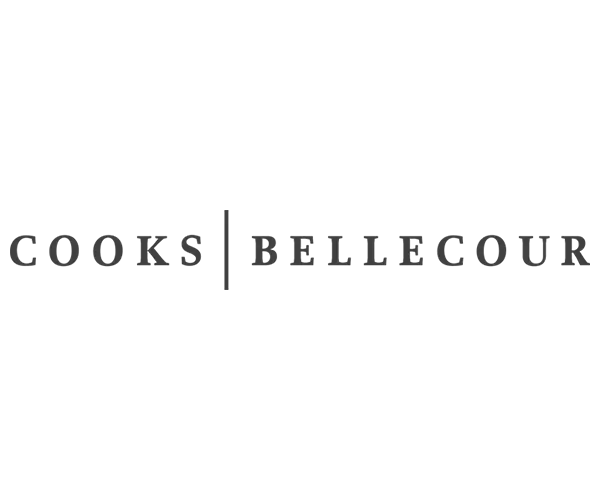


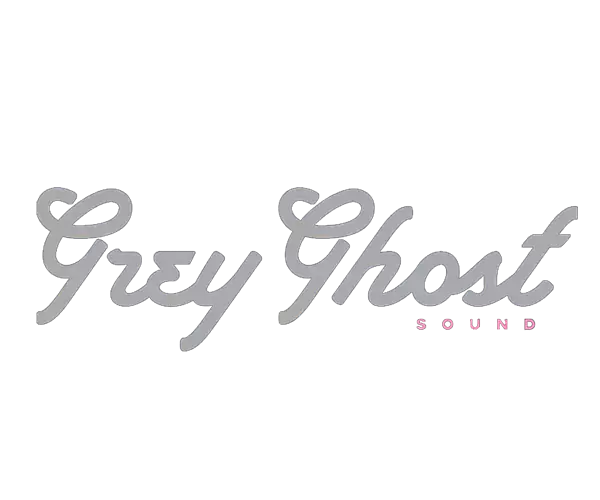
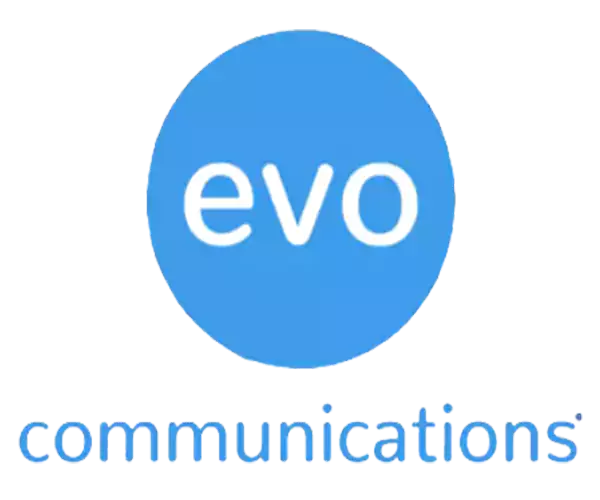




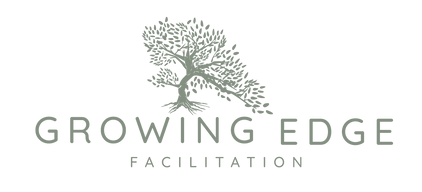
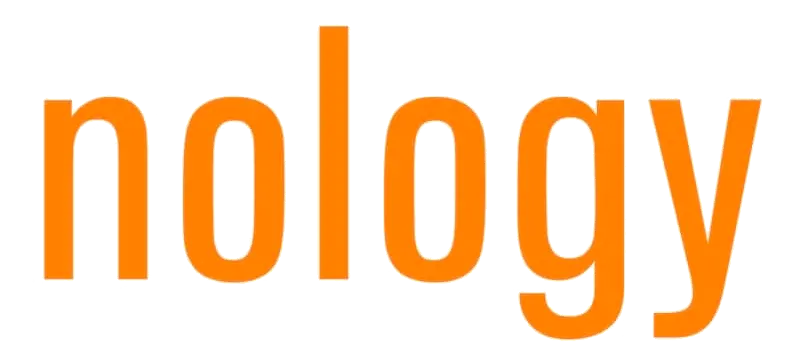






Get the Full View of Your Business Financials
Just like an owl can turn their head 270 degrees to see the whole landscape, Owl Bookkeeping and CFO Services can help you see your full financial picture.
Call us today: (612) 816-6007


